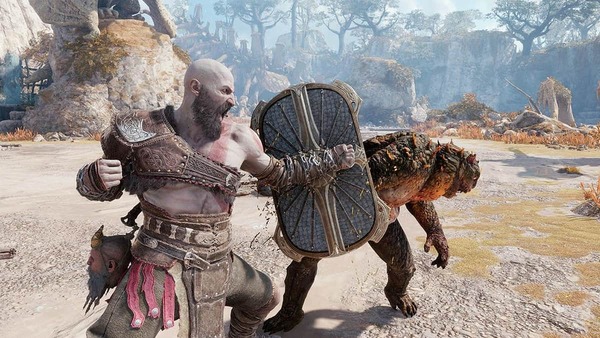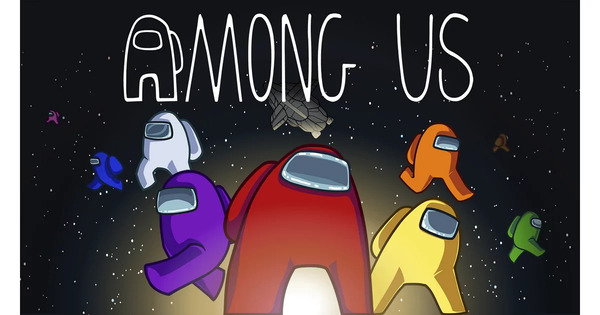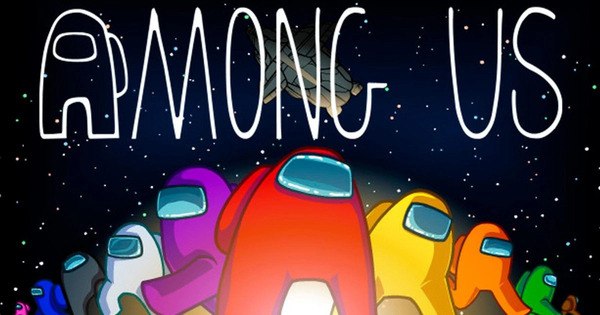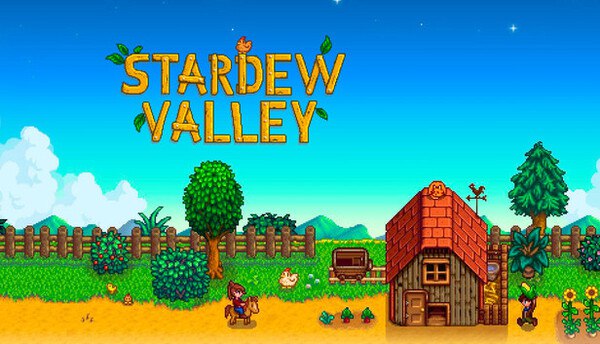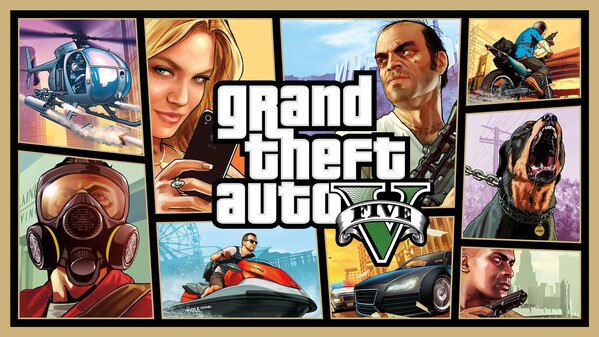Dune: Awakening is an ambitious open-world survival MMO set in the iconic Dune universe created by Frank Herbert. Developed by Funcom, known for games like Conan Exiles, and published in collaboration with Legendary Entertainment, Dune: Awakening aims to blend the deep lore of the sci-fi epic with modern survival mechanics and large-scale multiplayer gameplay. The game is poised to deliver a visually stunning, lore-rich experience on the harsh desert planet of Arrakis. With a focus on player freedom, faction warfare, and resource control—particularly over the valuable spice melange—Dune: Awakening offers a bold reinterpretation of the Dune saga as an interactive, ever-evolving digital world.
1. The Origins and Announcement of Dune: Awakening
Dune: Awakening was officially revealed during Gamescom 2022, creating significant buzz among fans of both survival games and the Dune franchise. The announcement came shortly after the release of Denis Villeneuve’s Dune film, which rekindled mainstream interest in Herbert’s legendary sci-fi world. Funcom described the game as a hybrid of survival, MMO, and action elements set in a vast open-world version of Arrakis. Drawing inspiration from the original novels, movies, and lore, the game sets out to provide a deeply immersive experience where the struggle for spice—and survival—is central. It was not positioned as a direct movie tie-in but rather a creative expansion of the Dune universe, allowing players to write their own stories in a familiar yet unpredictable world. Rating: 4.8 out of 5 for ambition and franchise potential
2. Gameplay Overview and Core Survival Mechanics
Dune: Awakening combines the challenging mechanics of survival games—such as hunger, thirst, shelter building, and crafting—with the expansive systems of an MMO. Players must survive the harsh desert climate of Arrakis by managing resources, constructing outposts, and defending themselves from both the environment and other players. The game introduces dynamic sandstorms, temperature fluctuations, and roaming sandworms as environmental threats that influence gameplay. Gathering spice is a central mechanic, not only for trade and progression but also as a dangerous task that can attract creatures and hostile factions. Whether you’re scavenging for supplies, building your first desert base, or forming alliances, the survival aspects of the game are critical and immersive. Rating: 4.6 out of 5 for survival integration and world tension
3. World Design, Map Scale, and Visual Presentation
One of the most impressive promises of Dune: Awakening is its large-scale open world. Arrakis is recreated as a vast, seamless desert environment featuring rocky canyons, ancient ruins, sietches (Fremen hideouts), and massive spice fields. Funcom has stated that the world is persistent and dynamic, with shifting sands that can reveal or bury structures, changing the map over time. Visually, the game is inspired by the Dune films' cinematic quality, using high-end lighting, realistic terrain textures, and a palette dominated by warm desert hues. The level of detail is designed to immerse players in a setting that feels both alien and alive. Rating: 4.9 out of 5 for environmental realism and atmosphere
4. Player Progression, Skills, and Customization
In Dune: Awakening, players start as survivors but can evolve into powerful leaders, traders, or warriors depending on their choices. The progression system is expected to be classless, focusing instead on skill-based growth and equipment. Players can specialize in combat, spice harvesting, engineering, espionage, or diplomacy. Through crafting, looting, and trading, players acquire gear that reflects their role in the desert ecosystem. Customization goes beyond appearance—it extends to your base, your gear loadout, and even your role in the in-game economy. This freedom of progression supports multiple playstyles and ensures that every player’s path feels unique. Rating: 4.7 out of 5 for flexibility and role-building
5. Factions, Alliances, and Political Systems
Political intrigue is central to the Dune universe, and Dune: Awakening brings this into gameplay through a faction system. Players can align themselves with different houses, create their own alliances, or go rogue as smugglers or mercenaries. Control over territory, spice production, and trade routes are key to power. Dynamic faction wars and alliances form the backbone of the social experience, with systems in place for diplomacy, betrayal, and conquest. Territories can change hands based on coordinated group efforts, and high-level players may even influence world events. This creates an emergent political system where power is fluid and earned through strategy and cooperation. Rating: 4.8 out of 5 for political depth and social dynamics
6. PvP, PvE, and Large-Scale Conflict
Dune: Awakening supports both PvP and PvE content, blending them into a single cohesive world. PvE encounters include AI-controlled bandits, sandworms, and rival NPC factions, while PvP involves territorial disputes, raids, and spice battles. The scale of these engagements ranges from small skirmishes to massive, server-wide wars. Players must balance risk and reward when venturing into contested zones or spice-rich areas. Death has real consequences, potentially costing players resources, gear, or control of valuable land. The game encourages teamwork and long-term planning, especially for guilds or factions aiming for domination. Rating: 4.6 out of 5 for intensity and competitive depth
7. Economy, Spice Trade, and Resource Control
The spice melange is not only the thematic center of the Dune universe—it’s the economic lifeblood of the game. Players can harvest spice from desert zones, process it, and sell it on a player-driven market. The economy is expected to be largely influenced by player activity, with prices fluctuating based on supply, demand, and territorial control. Other resources such as water, building materials, and fuel are equally important. Players can become traders, smugglers, or even corporate moguls by mastering supply chains. With high-stakes resource control, the game offers economic gameplay that mirrors the political and strategic challenges of the lore. Rating: 4.9 out of 5 for economic realism and immersion
8. Character Interaction, Roleplay, and Lore Integration
Dune: Awakening encourages roleplay through its lore-driven dialogue, NPCs, and branching missions. Players can engage in espionage, form secret pacts, or influence politics through non-combat means. The game features voice-acted characters, lore-accurate locations, and references to key Dune figures and factions. It’s not only about fighting or survival—it’s about playing your role in a living world shaped by Herbert’s themes of ecology, power, and prophecy. Whether you’re trying to rise within House Corrino or live as a solitary spice harvester, the narrative elements give purpose and emotional resonance to your journey. Rating: 4.8 out of 5 for narrative richness and RP potential
9. Technical Performance and Platform Expectations
Dune: Awakening is being developed for PC, PlayStation 5, and Xbox Series X/S. Funcom is building the game using Unreal Engine 5, which supports massive environments, real-time weather systems, and high-fidelity graphics. The studio aims for smooth performance despite the game's complexity, though survival MMOs are notoriously demanding on hardware and server stability. Closed betas are expected to help stress-test these systems before full launch. Cross-platform support and future expansions are on the roadmap, making it a long-term project. While the game’s scale introduces risk, Funcom’s experience with MMOs and community-based development gives them a solid foundation. Rating: 4.5 out of 5 for technical ambition and next-gen readiness
10. Anticipation, Community Reception, and Long-Term Vision
Even in its pre-release phase, Dune: Awakening has cultivated a dedicated following. Fans of the franchise are eager to see how the game handles the Dune lore, while survival and MMO players are drawn to its systems and promise of emergent gameplay. Funcom has engaged the community through developer blogs, trailers, and Discord discussions, showing transparency in development. The long-term vision includes a living, evolving world where major player decisions can shape the future of the server. Expansions, new regions of Arrakis, and potentially even off-world locations are teased as future content. With its hybrid gameplay and commitment to immersion, Dune: Awakening could become the definitive interactive Dune experience for years to come. Rating: 4.8 out of 5 for potential and community direction
Conclusion: Dune: Awakening as the Future of Sci-Fi Survival MMOs
Dune: Awakening is shaping up to be a groundbreaking survival MMO that respects its source material while pushing the genre forward. By combining survival mechanics with deep political systems, player-driven economies, and dynamic world-building, the game promises an unprecedented level of immersion and strategic depth. Whether you're a Dune fan excited to walk the sands of Arrakis or a survival enthusiast craving large-scale interaction, this game offers a thrilling new frontier. While it still faces the challenges of development and balancing, Dune: Awakening already shows signs of becoming a genre-defining title.
Final Overall Rating: 4.8 out of 5
Dune: Awakening is not just a game—it’s a new way to experience the legend of Arrakis. Survive the desert, shape the world, and claim the spice.







